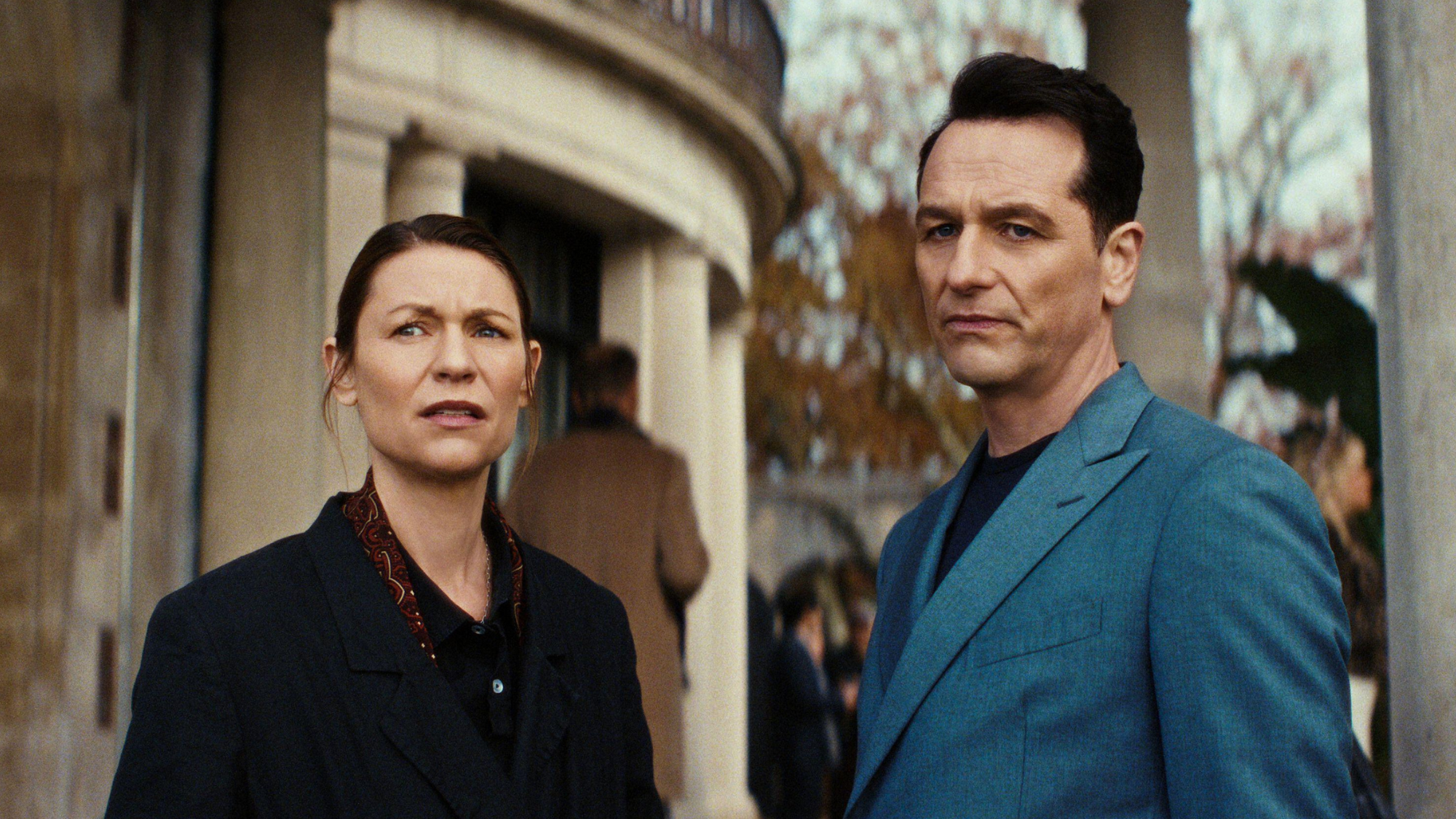Exhibit of the week: Magritte: The Mystery of the Ordinary, 1926–1938
René Magritte launched “an amazingly varied and sustained assault on the complacencies of common sense.”
Museum of Modern Art, New York City
Through Jan. 12
René Magritte launched “an amazingly varied and sustained assault on the complacencies of common sense,” said Peter Schjeldahl in The New Yorker. We may think of the Belgian surrealist (1898–1967) as a lightweight, a wit whose visual games yield only modest rewards. But judging him by the handful of images we may know from posters and postcards isn’t fair. Beginning in the late 1920s, Magritte took inspiration from the rise of French surrealism and “staked his claim as a pioneer in the new world of forthrightly irrational, waking dreams.” The 80-plus works in this show come from that fertile early period, when this taciturn burgher in his bureaucrat’s suit and bowler poked holes in all kinds of received ideas about art, language, and perception. His sneaky humor so influenced later artists that it looks “old-shoe ordinary” at first glance. Fortunately, “the surging energy of this show dispels that impression.”
The Week
Escape your echo chamber. Get the facts behind the news, plus analysis from multiple perspectives.

Sign up for The Week's Free Newsletters
From our morning news briefing to a weekly Good News Newsletter, get the best of The Week delivered directly to your inbox.
From our morning news briefing to a weekly Good News Newsletter, get the best of The Week delivered directly to your inbox.
“The show is also a reminder that however much Magritte was a surrealist, in some ways he was much more,” said Richard Lacayo in Time. While his contemporaries in Paris attempted to bypass rational thinking and plumb the unconscious, Magritte stayed mostly in Brussels, working diligently to give form to various conceptual conundrums. The Treachery of Images, his iconic 1929 image of a pipe floating above the declaration “Ceci n’est pas une pipe” “bluntly instructs us in the arbitrariness of language by uncoupling words from the things they represent.” And he got better. In The Human Condition (1933), he undermines our sense of what’s real by showing us a painting of a window blocking our view of the same window. Magritte was perhaps our first conceptual artist. And given the way he warned against trusting the communicative power of images and words, “is it too much to think of Magritte’s art as a kind of cautionary note for the Internet age?”
Probably, said Philip Kennicott in The Washington Post. Magritte used the same small bag of visual tricks over and over, and few of them take a viewer very far. “They’re always about something,” and once deciphered, they stay deciphered. The Titanic Days, from 1928, thus represents a rare exception. It’s a depiction a nude woman being groped by manly arms in suit sleeves, yet the man isn’t a separate figure: He appears almost to be clothing that the woman is taking off or putting on. Magritte wasn’t playing here, as the anguish on the woman’s face suggests. Better yet, the painting “has consequences.” It can’t be filed away as simply “a clever twist on representation.”
A free daily email with the biggest news stories of the day – and the best features from TheWeek.com
-
 The Week contest: A cryo controversy
The Week contest: A cryo controversyPuzzles and Quizzes
-
 Disney bets big on AI but not everyone sees a winner
Disney bets big on AI but not everyone sees a winnerTalking Points The company will allow users to create their own AI content on Disney+
-
 The Beast in Me: a ‘gleefully horrible story’
The Beast in Me: a ‘gleefully horrible story’The Week Recommends Claire Danes and Matthew Rhys star in a ‘gleefully horrible story’